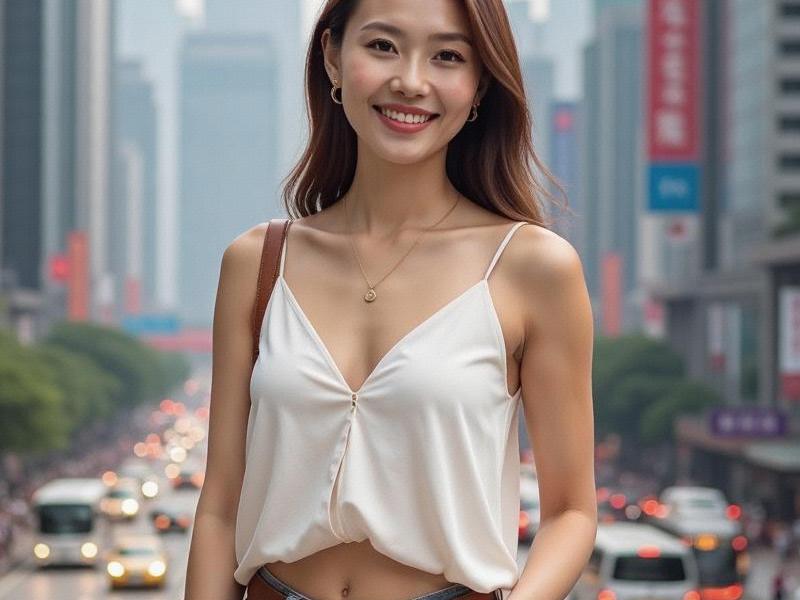
I. HISTORICAL CONTEXT
1. The Shanghainese Archetype:
- 1930s "Modern Girl" movement origins
- Qipao fashion as cultural statement
- Historical courtesan culture transformation
2. Post-Liberation Evolution:
- Socialist gender equality policies
- Deng Xiaoping era professionalization
- Millennial global citizen emergence
II. CONTEMPORARY IDENTITY
1. Career Pioneers:
- 38% of senior executives in Shanghai are female
上海花千坊龙凤 - Finance and tech sector leadership
- Work-life balance innovations
2. Style and Self-Expression:
- Local designers reinventing cheongsam
- Minimalist luxury preferences
- Cosmetic surgery trends analysis
III. SOCIAL DYNAMICS
1. Marriage and Family:
- Rising average marriage age (32.4 years)
- Single-by-choice movement
- Dual-career parenting models
上海私人外卖工作室联系方式 2. Community and Activism:
- Women's professional networks
- Feminist reading clubs
- Anti-workplace discrimination campaigns
IV. GLOBAL INFLUENCES
1. Cultural Hybridity:
- East-West beauty standard negotiation
- International education experiences
- Cross-cultural relationship patterns
2. Media Representation:
- Local vs. international magazine portrayals
- Influencer culture critique
上海龙凤阿拉后花园 - Body positivity movement adoption
V. ECONOMIC IMPACT
1. Consumer Power:
- Luxury market purchasing decisions
- Beauty industry innovation
- Female-focused co-working spaces
2. Entrepreneurial Spirit:
- Startup founder statistics
- Female angel investors
- Niche market creation
Conclusion:
Shanghai's modern women represent a unique synthesis of traditional values and global perspectives, creating new paradigms for Chinese femininity that balance aesthetic cultivation with intellectual ambition and professional achievement.
